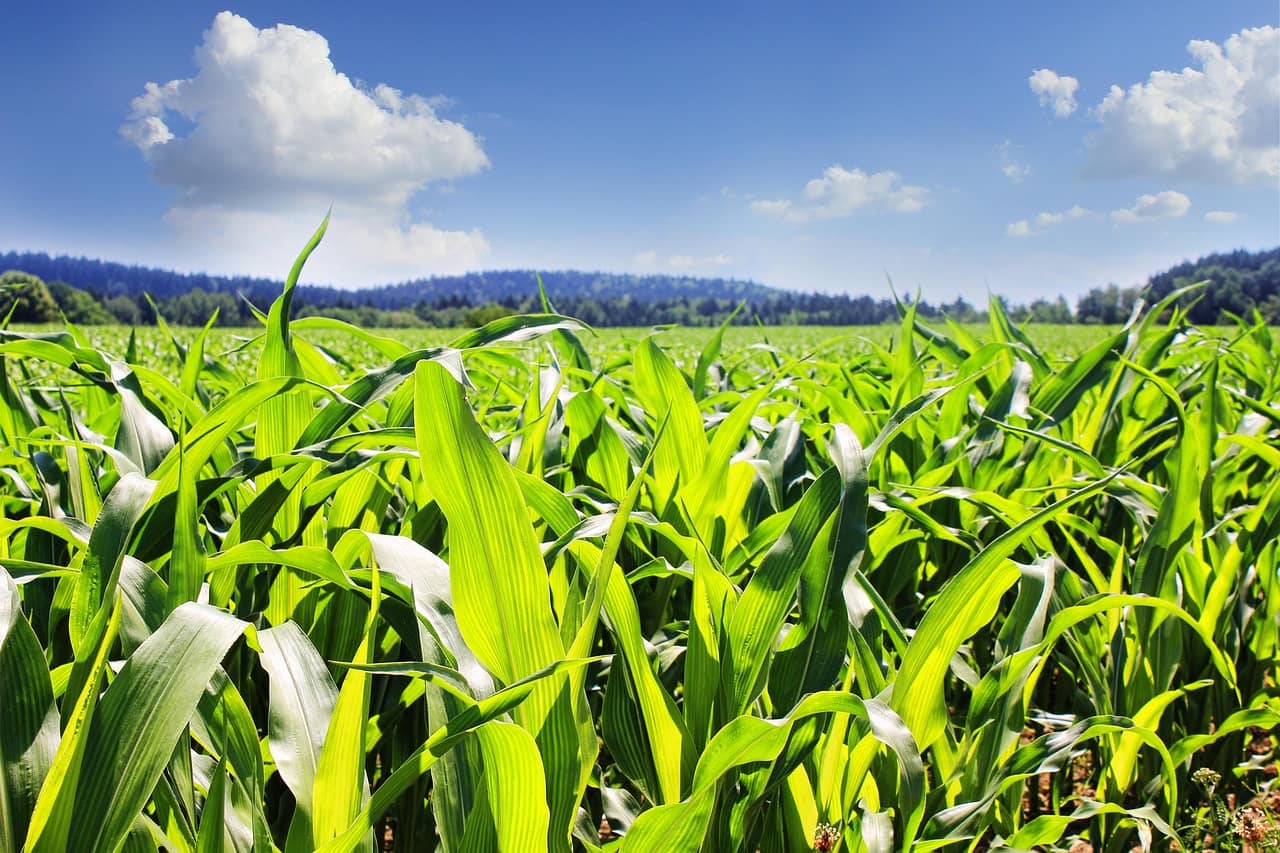
(NDAgConnection.com) – Genetically engineered seeds were commercially introduced in the U.S. for major field crops in 1996, with adoption rates increasing rapidly in the years that followed. By 2008, more than 50 percent of corn, cotton, and soybean acres were planted with genetically engineered seeds.
The total planted acreage with GE seeds has only increased since then, and now more than 90 percent of U.S. corn, upland cotton, and soybeans are produced using GE varieties.
GE crops are broadly classified as herbicide-tolerant (HT) only, insect-resistant (Bt) only, or stacked varieties that combine both HT and Bt traits in a single seed. In the chart, both HT and Bt lines include stacked varieties which are a combination of both type of traits.
Although other GE traits have been developed, such as virus and fungus resistance, drought resistance, and enhanced protein, oil, or vitamin content, HT and Bt traits are the most commonly used in U.S. crop production. While HT seeds are also widely used in alfalfa, canola, and sugar beet production, most GE acres are planted to three major field crops: corn, cotton, and soybeans.
